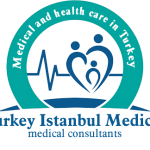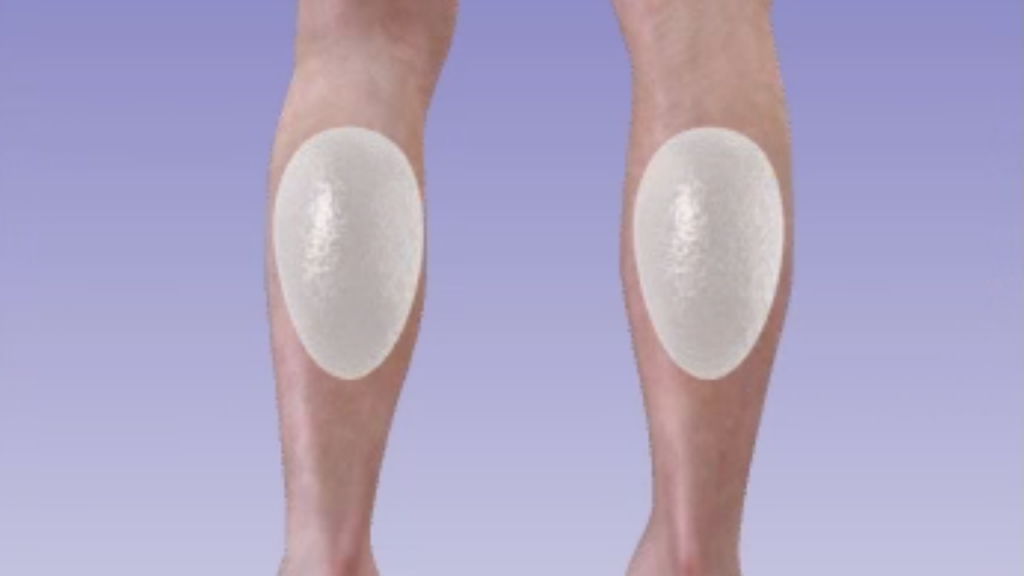Calf augmentation – Body Contouring Implants
Introduction
The body you were born with may or may not have the musculature you desire and it may be difficult to improve upon certain areas with exercise alone. In some cases, damage from an accident or certain health conditions may make the size of your calves unequal.
The calves can be augmented by implants or body fat transfers depending on the changes you desire and your available body fat. This animation covers augmentation with implants. Calf augmentation, or calfplasty, changes the contours of the lower leg, enhancing your appearance and self-confidence.
Calf Implants
Today, the majority of calf implants are made of soft, solid silicone.
Calf implants are frequently chosen for the following reasons:
- The calves are asymmetrical
- The calves are not well developed
- One or both calves have reduced muscles due to a health condition
Calf Implants Options
Calf implants improve contours or accentuate muscular volume.
For cosmetic augmentation, a single larger anatomical implant on one side or two implants in each calf can be used to simulate the specific shape of the calf muscle.
Alternatively, when the emphasis is on contours rather than muscle mass, a thinner, cigar-shaped implant is used for contouring.
Note that the size of the implant may be limited by the tightness of the muscle or tissue surrounding the implant.
Your surgeon will help you choose the style of implant that will achieve optimal results and facilitate proper healing.
Calf Implants Procedure
Two different surgical techniques are used for calf implants:
submuscular and subfascial calf augmentation. Submuscular augmentation involves creating a pocket underneath the muscle that makes up the calf. In contrast, the subfascial augmentation procedure creates a pocket in the fibrous sheet of tissue, called fascia, that covers the muscle.
Using these techniques, the implants are protected by tissue under or over muscle fiber, producing a comfortable, natural looking, and visually pleasing result.
Calf Implant Incision And Pocket Formation
The procedure begins with an incision through the skin in the crease at the back of the knee. As the retractors hold the incision open, your doctor uses an electrocautery device to carefully cut under the skin and fascia. And it moves horizontally towards the calf muscle.
Using a blunt dissector and the fingertips, your physician will carefully form a pocket between the fascia and the top of the calf muscle.
Calf Implant Placement And Closure
This animation demonstrates the placement of a single implant. The process is the same if two implants are used for each calf.
Your physician will insert and carefully position the sterile implants, ensuring a tension-free fit inside the pocket.
Your doctor will confirm that after placing the implants, they look natural and symmetrical. In some cases, your physician will place a surgical drain beneath the implants. However, this is often not necessary.
Next, the opening to the implant pocket is sealed with dissolvable stitches.
The layers under the skin are sutured. And then the skin is closed. Finally, bandage is applied and support is provided with compression.

